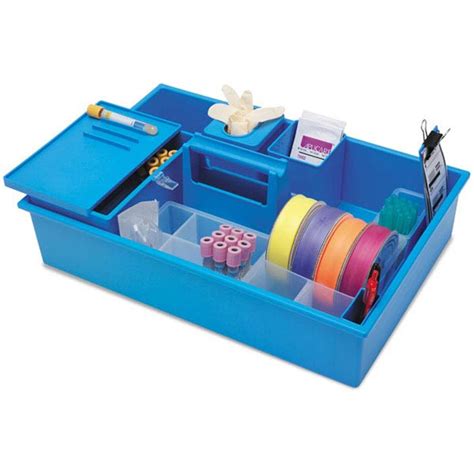Phlebotomy Equipment: Essential Tools for Medical Professionals
Phlebotomy is the process of drawing blood from patients for various medical purposes such as diagnostic testing, blood donations, and transfusions. To perform this procedure safely and efficiently, phlebotomists rely on a variety of specialized equipment. In this article, we will explore the essential tools used in phlebotomy and their importance in this crucial medical procedure.
What is Phlebotomy Equipment?
Phlebotomy equipment refers to the tools and supplies used by healthcare professionals to collect blood specimens from patients. These instruments are designed to ensure the accuracy of blood samples, minimize the risk of contamination, and provide a comfortable experience for the patient. Some of the most common phlebotomy equipment includes:
- Needles: Used to puncture the vein and collect blood samples.
- Vacutainer Tubes: Containers that hold blood samples for testing.
- Syringes: Alternative to needles for drawing blood.
- Tourniquets: Help identify veins for blood collection.
- Alcohol Swabs: Used to clean the skin before the procedure.
- Gloves: Ensure hygiene and protect both the patient and phlebotomist.
- Bandages: Applied to the puncture site to stop bleeding.
The Importance of Phlebotomy Equipment
Using the right phlebotomy equipment is crucial for the success of the procedure and the well-being of the patient. Here are some reasons why these tools are essential:
- Accuracy: Proper equipment ensures accurate blood collection and testing results.
- Safety: Sterile equipment minimizes the risk of infection and contamination.
- Efficiency: Quality instruments help phlebotomists perform the procedure quickly and smoothly.
- Patient Comfort: The right equipment can make the process more comfortable for the patient.
Benefits of Using Phlebotomy Equipment
When healthcare professionals use the appropriate phlebotomy equipment, they can enjoy several benefits, including:
- Improved Patient Care: Accurate blood samples lead to better diagnosis and treatment.
- Reduced Risk of Infection: Sterile equipment lowers the chances of complications.
- Enhanced Efficiency: Quality tools help phlebotomists perform their tasks more efficiently.
- Professionalism: Using proper equipment demonstrates a commitment to patient safety and care.
Practical Tips for Choosing Phlebotomy Equipment
When selecting phlebotomy equipment, consider the following tips to ensure the best results:
- Quality: Invest in high-quality, reliable instruments for accurate results.
- Sterility: Ensure that all equipment is sterile to prevent infections.
- Comfort: Choose tools that provide a comfortable experience for both the patient and phlebotomist.
- Training: Proper training on equipment usage is essential for safe and effective blood collection.
Case Study: The Impact of Phlebotomy Equipment on Patient Care
Dr. Smith, a phlebotomist at a local hospital, noticed a significant improvement in patient care after upgrading the phlebotomy equipment in the facility. The new needles, tubes, and syringes provided more accurate results and reduced the risk of complications. Patients also reported a more comfortable experience during blood collection, leading to higher satisfaction rates. The investment in quality equipment paid off in improved patient outcomes and increased trust in the healthcare facility.
Conclusion
Phlebotomy equipment plays a crucial role in ensuring the accuracy, safety, and efficiency of blood collection procedures. By using high-quality tools and following best practices, healthcare professionals can provide better patient care and contribute to positive outcomes. Investing in proper phlebotomy equipment is not only a smart choice for healthcare facilities but also a necessary step in upholding the standards of patient safety and well-being.
